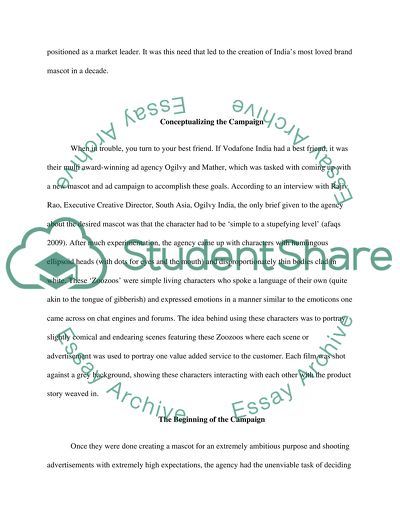Cite this document
(“Case Study of a specific Advertising Campaign Essay”, n.d.)
Retrieved from https://studentshare.org/environmental-studies/1419323-case-study-of-a-specific-advertising-campaign
Retrieved from https://studentshare.org/environmental-studies/1419323-case-study-of-a-specific-advertising-campaign
(Case Study of a Specific Advertising Campaign Essay)
https://studentshare.org/environmental-studies/1419323-case-study-of-a-specific-advertising-campaign.
https://studentshare.org/environmental-studies/1419323-case-study-of-a-specific-advertising-campaign.
“Case Study of a Specific Advertising Campaign Essay”, n.d. https://studentshare.org/environmental-studies/1419323-case-study-of-a-specific-advertising-campaign.


